[caption id="attachment_246073" align="alignnone" width="2048"]
 Original image via ESPN.com
Original image via ESPN.com[/caption]
Since Mark Stoops commanded the helm of Kentucky football in 2013, the program has undergone a massive overhaul. Commonwealth Stadium is now Kroger Field, to the tune of a $126 million renovation. Kentucky players, coaches, and supporting staff have a new day-to-day home in the state-of-the-art Joe Craft Football Training Facility, following 19 months of construction and a $45 million investment. Recruiting has been at an all-time high, matched only by the general excitement felt by fans, media, and UK personnel that carries through each passing season and the summers in between. In short, this is not your grandfather's Kentucky football.
In 2016, the program persisted toward an auspicious future by paying homage to the proudest moment of its past. The University of Kentucky erected its first statue dedicated to the gridiron, commemorating the four black players – Nate Northington, Greg Page, Wilbur Hackett, and Houston Hogg – who broke the color barrier in Southeastern Conference football over 50 years ago. The statue, located on a pedestal between Kroger Field and the team's new training facility that was christened alongside it, represents more than just athletic achievement. For a football tradition that lacked any sort of bronzed visual representation of a bygone era to that point, the effigy to its four most important players was the perfect place to start. Now, it is vital that Kentucky football continues along that same trajectory.
Paul "Bear" Bryant is the greatest coach in Kentucky football history. For the sake of argument, suspend the obvious legendary achievements Bryant went on to accomplish at Alabama in the wake of his exit from Lexington (after a subsequent four-year stop at Texas A&M) from the forefront of your mind. Bryant's eight seasons with the Wildcats were enough to cement a fabled legacy in college football lore, deserving of the highest distinction bestowed upon the sport's individual larger-than-life figures: immortalization realized as a statue.
According to ESPN, the SEC has erected a combined 31 statues since 2006. In a conference known especially for a dedication to football on the fringe of religious worship, member institutions adhere to their own sets of guidelines to glorify their most beloved idols. At Alabama, Bryant's alma mater, Bryant and the program's four other national championship-winning head coaches form a ring of the highest honor outside Bryant-Denny Stadium. At Auburn and Florida, each school's three Heisman Trophy recipients are eulogized on the campuses that made them famous. Other places, like Texas A&M and Missouri, aren't bound to certain statue criteria, but instead pay tribute to several of the most beloved handpicked figures associated with the programs' history in football. For Kentucky to demonstrate the culture of football that Stoops has strived to establish, it must continue to embrace the momentous characters of yesteryear, even when that means acknowledging the unique history it shares with one of its constituents.
Bryant compiled a 60-23-5 (.710) overall record at Kentucky, making him the winningest coach in UK history. He led the Cats to their first bowl game in 1947, as well as three additional postseason appearances. Bryant captured Kentucky's first SEC title in 1950, one of just two* SEC championships Kentucky has ever won. Most significantly, Bryant guided the Wildcats to a 13-7 Sugar Bowl victory over No. 1 Oklahoma later that same season, earning the only claimed national championship in school history. The 1950 AP SEC Coach of the Year boasted eight first-team All-Americans during his tenure.
For the first SEC team to sell its stadium naming rights to a sponsor, Kentucky must aim to highlight the richest aspects of its football tradition. Bryant is widely regarded as perhaps the greatest coach in the history of college football for his accomplishments in Tuscaloosa, but his legend on the sidelines truly began donned in blue and white. Just as C.M. Newton, who was a two-sport athlete at Kentucky before returning as its athletic director over three decades later, is held in high esteem at both schools, Bryant shares a similar bond. After Newton won a national championship as a basketball player under head coach Adolph Rupp in 1951, Rupp recommended Bryant (who simultaneously served as Alabama's athletic director during his 25 seasons anchoring its football program) hire Newton for Alabama basketball's head coaching vacancy in 1968, eventually leading to three consecutive SEC titles for the Crimson Tide. Half a century later, the turf on Kroger Field is named for Newton, while Bryant still awaits his due.
*Kentucky finished the season 10-1 (6-0 SEC) in 1977, but was not eligible for a share of the SEC championship or postseason play due to NCAA probation Original image via ESPN.com[/caption]
Since Mark Stoops commanded the helm of Kentucky football in 2013, the program has undergone a massive overhaul. Commonwealth Stadium is now Kroger Field, to the tune of a $126 million renovation. Kentucky players, coaches, and supporting staff have a new day-to-day home in the state-of-the-art Joe Craft Football Training Facility, following 19 months of construction and a $45 million investment. Recruiting has been at an all-time high, matched only by the general excitement felt by fans, media, and UK personnel that carries through each passing season and the summers in between. In short, this is not your grandfather's Kentucky football.
In 2016, the program persisted toward an auspicious future by paying homage to the proudest moment of its past. The University of Kentucky erected its first statue dedicated to the gridiron, commemorating the four black players – Nate Northington, Greg Page, Wilbur Hackett, and Houston Hogg – who broke the color barrier in Southeastern Conference football over 50 years ago. The statue, located on a pedestal between Kroger Field and the team's new training facility that was christened alongside it, represents more than just athletic achievement. For a football tradition that lacked any sort of bronzed visual representation of a bygone era to that point, the effigy to its four most important players was the perfect place to start. Now, it is vital that Kentucky football continues along that same trajectory.
Paul "Bear" Bryant is the greatest coach in Kentucky football history. For the sake of argument, suspend the obvious legendary achievements Bryant went on to accomplish at Alabama in the wake of his exit from Lexington (after a subsequent four-year stop at Texas A&M) from the forefront of your mind. Bryant's eight seasons with the Wildcats were enough to cement a fabled legacy in college football lore, deserving of the highest distinction bestowed upon the sport's individual larger-than-life figures: immortalization realized as a statue.
According to ESPN, the SEC has erected a combined 31 statues since 2006. In a conference known especially for a dedication to football on the fringe of religious worship, member institutions adhere to their own sets of guidelines to glorify their most beloved idols. At Alabama, Bryant's alma mater, Bryant and the program's four other national championship-winning head coaches form a ring of the highest honor outside Bryant-Denny Stadium. At Auburn and Florida, each school's three Heisman Trophy recipients are eulogized on the campuses that made them famous. Other places, like Texas A&M and Missouri, aren't bound to certain statue criteria, but instead pay tribute to several of the most beloved handpicked figures associated with the programs' history in football. For Kentucky to demonstrate the culture of football that Stoops has strived to establish, it must continue to embrace the momentous characters of yesteryear, even when that means acknowledging the unique history it shares with one of its constituents.
Bryant compiled a 60-23-5 (.710) overall record at Kentucky, making him the winningest coach in UK history. He led the Cats to their first bowl game in 1947, as well as three additional postseason appearances. Bryant captured Kentucky's first SEC title in 1950, one of just two* SEC championships Kentucky has ever won. Most significantly, Bryant guided the Wildcats to a 13-7 Sugar Bowl victory over No. 1 Oklahoma later that same season, earning the only claimed national championship in school history. The 1950 AP SEC Coach of the Year boasted eight first-team All-Americans during his tenure.
For the first SEC team to sell its stadium naming rights to a sponsor, Kentucky must aim to highlight the richest aspects of its football tradition. Bryant is widely regarded as perhaps the greatest coach in the history of college football for his accomplishments in Tuscaloosa, but his legend on the sidelines truly began donned in blue and white. Just as C.M. Newton, who was a two-sport athlete at Kentucky before returning as its athletic director over three decades later, is held in high esteem at both schools, Bryant shares a similar bond. After Newton won a national championship as a basketball player under head coach Adolph Rupp in 1951, Rupp recommended Bryant (who simultaneously served as Alabama's athletic director during his 25 seasons anchoring its football program) hire Newton for Alabama basketball's head coaching vacancy in 1968, eventually leading to three consecutive SEC titles for the Crimson Tide. Half a century later, the turf on Kroger Field is named for Newton, while Bryant still awaits his due.
*Kentucky finished the season 10-1 (6-0 SEC) in 1977, but was not eligible for a share of the SEC championship or postseason play due to NCAA probation
Original image via ESPN.com[/caption]
Since Mark Stoops commanded the helm of Kentucky football in 2013, the program has undergone a massive overhaul. Commonwealth Stadium is now Kroger Field, to the tune of a $126 million renovation. Kentucky players, coaches, and supporting staff have a new day-to-day home in the state-of-the-art Joe Craft Football Training Facility, following 19 months of construction and a $45 million investment. Recruiting has been at an all-time high, matched only by the general excitement felt by fans, media, and UK personnel that carries through each passing season and the summers in between. In short, this is not your grandfather's Kentucky football.
In 2016, the program persisted toward an auspicious future by paying homage to the proudest moment of its past. The University of Kentucky erected its first statue dedicated to the gridiron, commemorating the four black players – Nate Northington, Greg Page, Wilbur Hackett, and Houston Hogg – who broke the color barrier in Southeastern Conference football over 50 years ago. The statue, located on a pedestal between Kroger Field and the team's new training facility that was christened alongside it, represents more than just athletic achievement. For a football tradition that lacked any sort of bronzed visual representation of a bygone era to that point, the effigy to its four most important players was the perfect place to start. Now, it is vital that Kentucky football continues along that same trajectory.
Paul "Bear" Bryant is the greatest coach in Kentucky football history. For the sake of argument, suspend the obvious legendary achievements Bryant went on to accomplish at Alabama in the wake of his exit from Lexington (after a subsequent four-year stop at Texas A&M) from the forefront of your mind. Bryant's eight seasons with the Wildcats were enough to cement a fabled legacy in college football lore, deserving of the highest distinction bestowed upon the sport's individual larger-than-life figures: immortalization realized as a statue.
According to ESPN, the SEC has erected a combined 31 statues since 2006. In a conference known especially for a dedication to football on the fringe of religious worship, member institutions adhere to their own sets of guidelines to glorify their most beloved idols. At Alabama, Bryant's alma mater, Bryant and the program's four other national championship-winning head coaches form a ring of the highest honor outside Bryant-Denny Stadium. At Auburn and Florida, each school's three Heisman Trophy recipients are eulogized on the campuses that made them famous. Other places, like Texas A&M and Missouri, aren't bound to certain statue criteria, but instead pay tribute to several of the most beloved handpicked figures associated with the programs' history in football. For Kentucky to demonstrate the culture of football that Stoops has strived to establish, it must continue to embrace the momentous characters of yesteryear, even when that means acknowledging the unique history it shares with one of its constituents.
Bryant compiled a 60-23-5 (.710) overall record at Kentucky, making him the winningest coach in UK history. He led the Cats to their first bowl game in 1947, as well as three additional postseason appearances. Bryant captured Kentucky's first SEC title in 1950, one of just two* SEC championships Kentucky has ever won. Most significantly, Bryant guided the Wildcats to a 13-7 Sugar Bowl victory over No. 1 Oklahoma later that same season, earning the only claimed national championship in school history. The 1950 AP SEC Coach of the Year boasted eight first-team All-Americans during his tenure.
For the first SEC team to sell its stadium naming rights to a sponsor, Kentucky must aim to highlight the richest aspects of its football tradition. Bryant is widely regarded as perhaps the greatest coach in the history of college football for his accomplishments in Tuscaloosa, but his legend on the sidelines truly began donned in blue and white. Just as C.M. Newton, who was a two-sport athlete at Kentucky before returning as its athletic director over three decades later, is held in high esteem at both schools, Bryant shares a similar bond. After Newton won a national championship as a basketball player under head coach Adolph Rupp in 1951, Rupp recommended Bryant (who simultaneously served as Alabama's athletic director during his 25 seasons anchoring its football program) hire Newton for Alabama basketball's head coaching vacancy in 1968, eventually leading to three consecutive SEC titles for the Crimson Tide. Half a century later, the turf on Kroger Field is named for Newton, while Bryant still awaits his due.
*Kentucky finished the season 10-1 (6-0 SEC) in 1977, but was not eligible for a share of the SEC championship or postseason play due to NCAA probation
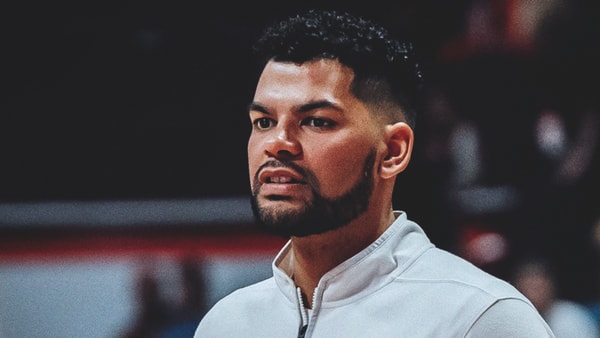
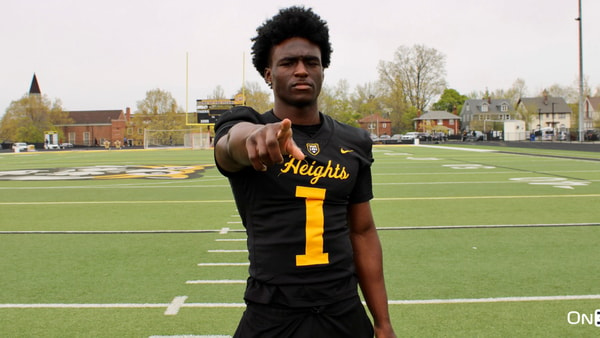
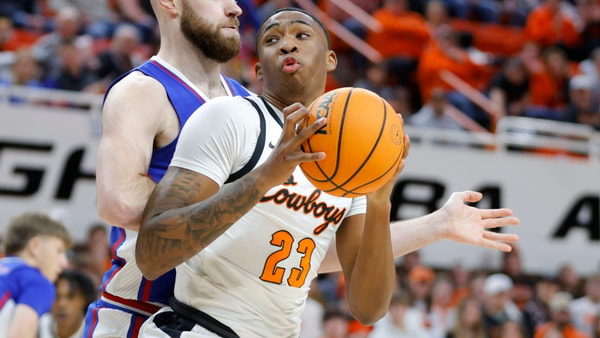
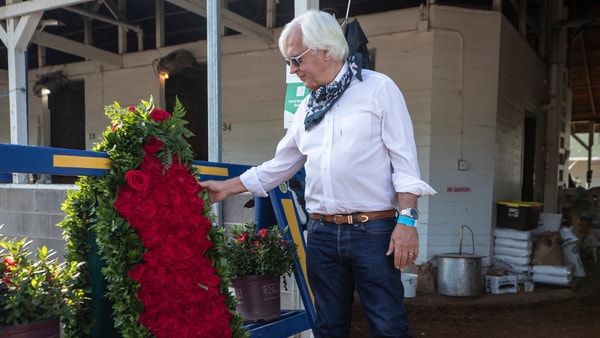
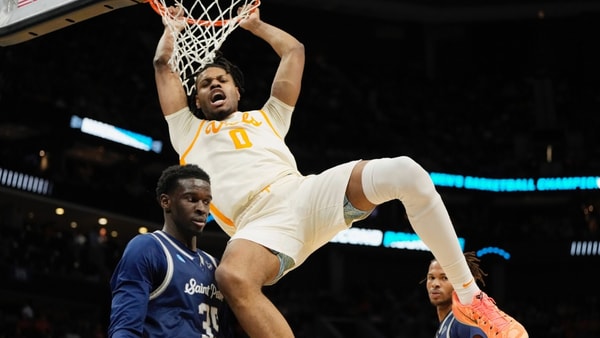

Discuss This Article
Comments have moved.
Join the conversation and talk about this article and all things Kentucky Sports in the new KSR Message Board.
KSBoard